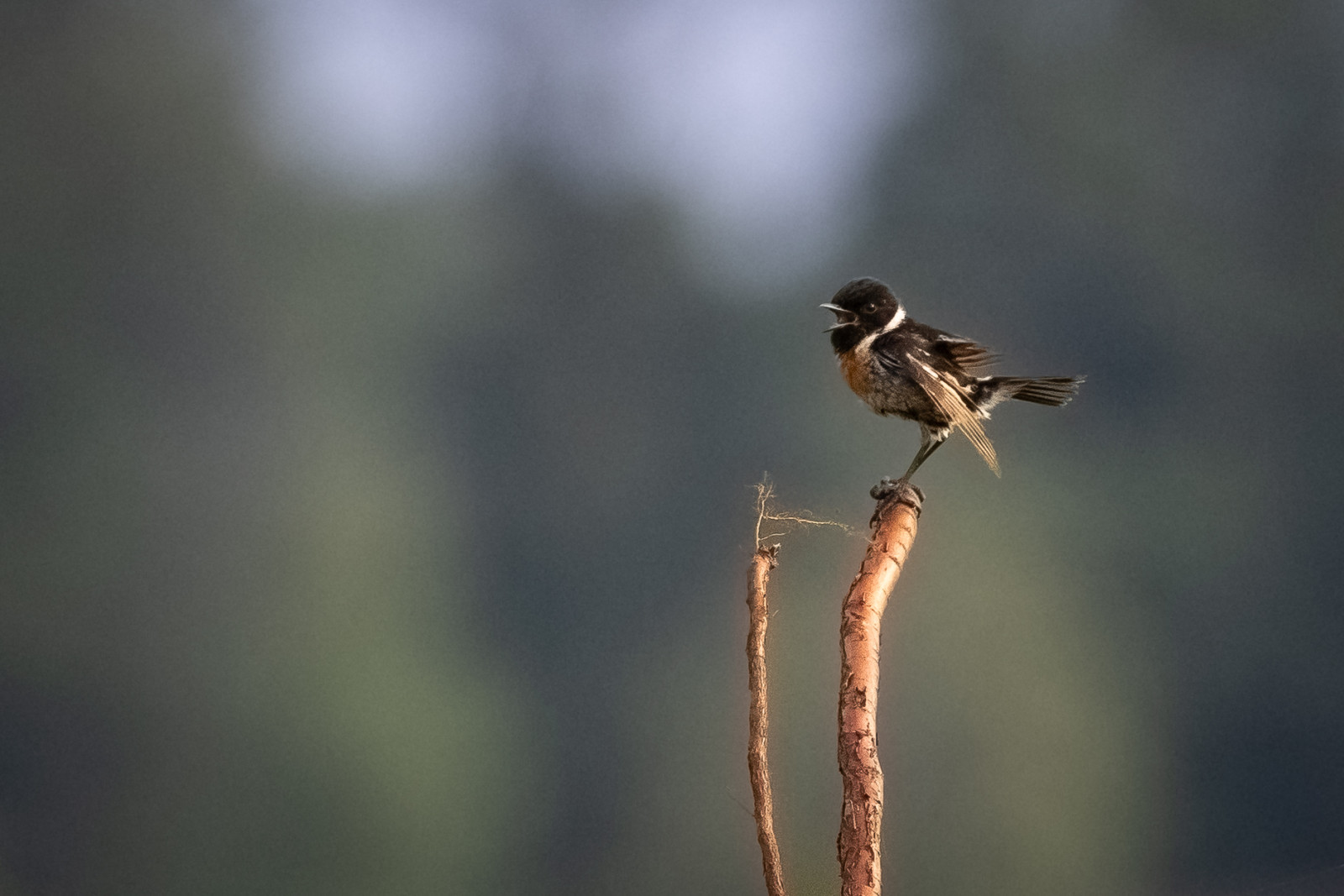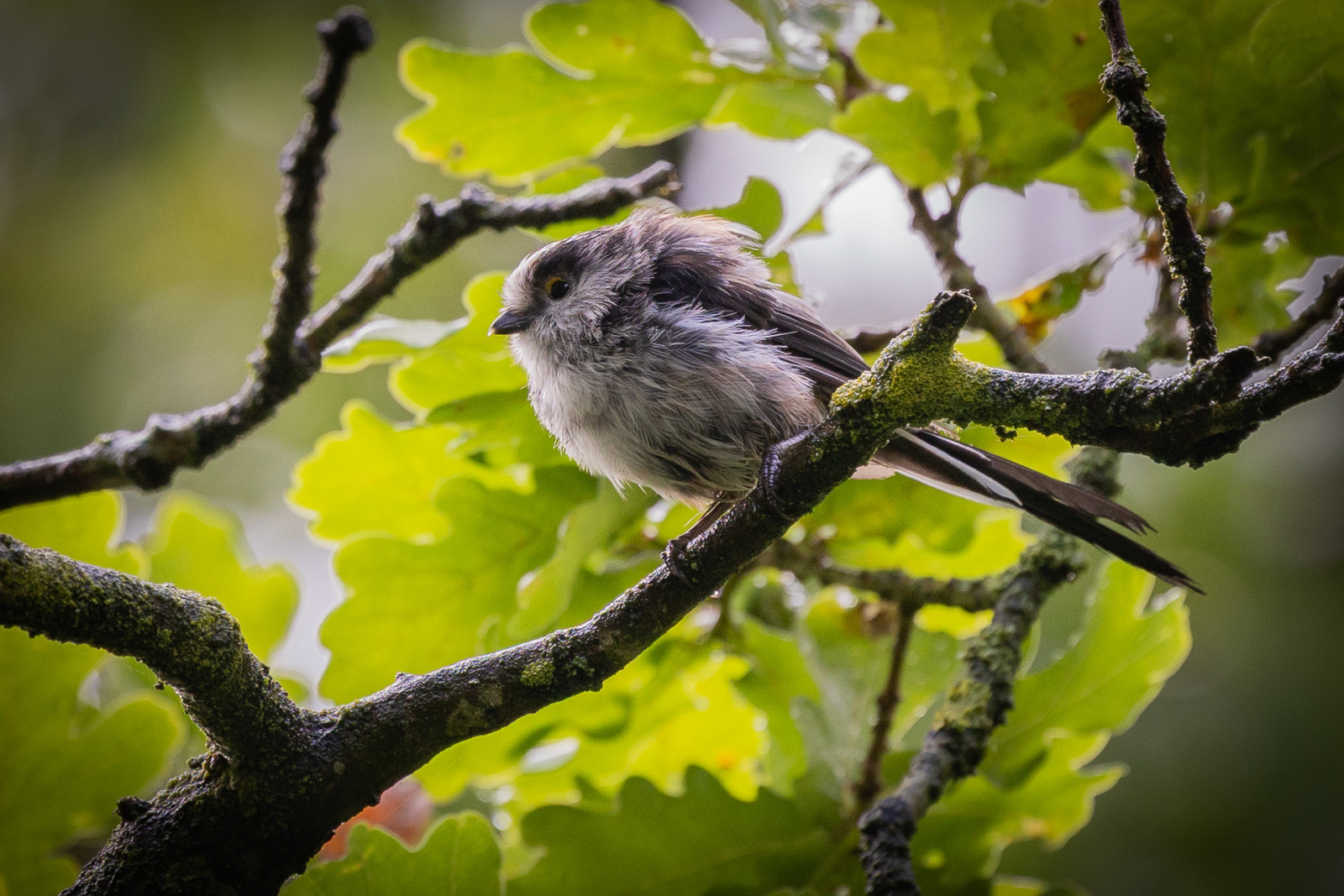Charger images
Les formats d'image autorisés sont de type jpeg, png ou gif
La taille maximale du fichier doit être de 20MB



The Kalmthoutse heide is one of the biggest nature reserves in Flanders and is one of the largest parts of remaining heathland with an area of 6.000 ha.
The central part on flemish side is heathland with several fens. In the north there are some old agricultural fields which attract some Échasse blanche and at the edges there are large tracts of mostly pineforests.
In winter, there are less birds, but Pie-grièche grise is one of the main targets, together with Busard Saint-Martin, Bec-croisé des sapins and on the fens Garrot à oeil d'or. Larger groups of mostly Oie rieuse are foraging in the northern area. Spring starts early in february with the singing Alouette lulu, which is very common and continues with other birds which are here still very common like Pipit des arbres, Rougequeue à front blanc, Coucou gris, Gobemouche gris, Engoulevent d'Europe, etc. On migration Merle à plastron, Traquet motteux and Tarier des prés are common, Cigogne noire, Milan royal, Pipit rousseline and Torcol fourmilierare uncommon but there are several yearly. It is one of the better areas to find the rare Faucon kobez which is almost a yearly visitor. In the forest itself Pic noir and Gros-bec casse-noyaux is quite easy to find Bondrée apivore and Bécasse des bois(most easy in winter) are present but not always obvious. If the water level is sufficiently high in the northern area small amounts of stilts like Combattant varié, Chevalier arlequin, Barge à queue noire turn up and sometimes more interesting species like Bécasseau de Temminck or Bécasseau cocorli.
_________________________
Nederlands: De Kalmthoutse heide is een van de grootste natuurgebieden van Vlaanderen en is met een oppervlakte van 6.000 ha een van de grootste stukken overgebleven heide. Het centrale deel aan Vlaamse zijde is heide met meerdere vennen. In het noorden zijn er enkele oude landbouwvelden die Échasse blanche aantrekken en aan de randen zijn er grote stukken met voornamelijk dennenbossen.
In de winter zijn er minder vogels, maar Pie-grièche grise is een van de hoofddoelen, samen met Busard Saint-Martin, Bec-croisé des sapins en op de vennen Garrot à oeil d'or. Grotere groepen van voornamelijk Oie rieuse foerageren in het noordelijke gebied. De lente begint vroeg in februari met het zingen van Alouette lulu, wat heel gewoon is en doorgaat met andere vogels die hier nog steeds heel gewoon zijn zoals Pipit des arbres, Rougequeue à front blanc, Coucou gris, Gobemouche gris, Engoulevent d'Europe, etc. Tijdens de trektijd kiomen Merle à plastron, Traquet motteux en Tarier des prés vaak voor. Cigogne noire, Milan royal, Pipit rousseline en Torcol fourmilier zijn zeldzaam, maar er zijn er meerdere per jaar. Het is een van de betere gebieden om de zeldzame Faucon kobez te vinden die bijna jaarlijks te zien is. In het bos zelf zijn Pic noir en Gros-bec casse-noyaux vrij gemakkelijk te vinden. Bondrée apivore en Bécasse des bois (deze laatste meest makkelijk in de winter) aanwezig maar niet altijd even duidelijk. Als het waterpeil in het noordelijke gebied voldoende hoog is, komen er kleine hoeveelheden steltlopers zoals Combattant varié, Chevalier arlequin, Barge à queue noire en soms interessantere soorten zoals Bécasseau de Temminck of Bécasseau cocorli op het gebied af.
The area is only accessible on foot, car parkings are present around the area. During breeding season some trails are closed, this is clearly indicated so please respect these restrictions. The route shown on the map is 10 km.
_________________________
Nederlands: Het gebied is alleen te voet bereikbaar. Er zijn parkeerplaatsen rondom het gebied aanwezig. Tijdens het broedseizoen zijn sommige paden gesloten, dit staat duidelijk aangegeven dus respecteer deze beperkingen. De op de kaart getoonde route is 10 km.
Votre feedback sera transmis à l’auteur.rice de cette zone et à l’équipe éditoriale de Birdingplaces, qui l’utiliseront pour améliorer la qualité des informations. (Vous souhaitez publier un commentaire visible en bas de page ? Fermez cette fenêtre et choisissez l’Option 1 : « Publier un commentaire, un conseil ou une observation ».)
Veuillez fournir des suggestions d'améliorations ou d'ajouts au texte de ce site ornithologique.
Veuillez fournir vos suggestions d'améliorations ou d'ajouts à la carte.
Veuillez fournir des suggestions d'améliorations ou d'ajouts à la liste des oiseaux.
Cliquez sur l'icône de l'oiseau () Insérez les noms d'oiseau dans votre langue. Ils seront automatiquement traduits pour les autres usagers !